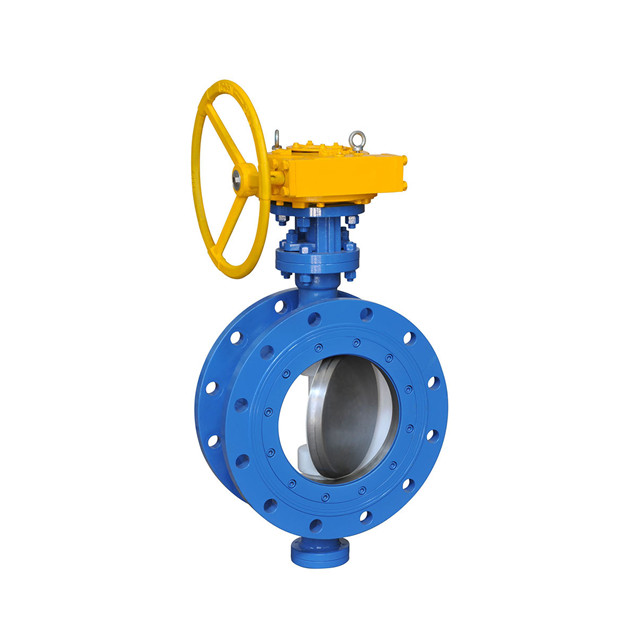There are several types of butterfly valves. Some have metal seats, while others are soft. There are also differences in the materials used in their seats. Soft seats are more cost-effective. Metal seats are typically more durable than soft seats. However, if you want a very high-performance butterfly valve, go for a metal seat. Both types will give you the desired result, but one will have advantages over the other.
Butterfly valves are available in various materials and body types. Their shape, size, and design will determine the best type for your specific application. Listed below are the different types of butterfly valves and their differences. Choosing the right one for your needs is critical – it will make your work much easier! And the right valve will give you the ultimate control over your fluids. Once you know which type to choose, you’ll be well on your way to using them!
Table of Contents
ToggleWhat Are the Different Types of Butterfly Valves?
If you’re considering a butterfly valve, you might be wondering: What are the different types of butterfly valves? There are several types to choose from, including Duplex stainless steel, Cast iron, Brass, and Wafer body styles. Read on to learn more about each type. Depending on their use, they may be either directional or solenoid. Which one is right for you? Read on to learn about the different types and features of butterfly valves.
- Cast iron
A Cast iron butterfly valve is used to open and close a flow passage. These valves have high ductility and high resistance to temperature and pressure, which makes them suitable for a variety of high-temperature applications. Because of these properties, butterfly valves are commonly used in the petrochemical industry, chemical industries, and water and wastewater treatment facilities. Cast iron butterfly valves are particularly suitable for applications that expose them to water, as they prevent the valves from reacting to the constant contact with the fluid.
- Duplex stainless steel
If you are looking for an industrial butterfly valve, you may want to consider the Duplex stainless steel option. This type of valve has a balanced structure composed of two different alloying elements, chromium, and molybdenum. This combination of elements makes these valves a superior choice for many industrial applications. In addition to being extremely durable, these valves also have excellent resistance to pitting corrosion. If you are concerned about corrosion, you should consider the Duplex type.
- Brass
Brass butterfly valves are often used in water treatment applications. Brass is a metal alloy composed of zinc and copper. It is a tough material that withstands high temperatures. Brass is also valued for its corrosion, biofouling, and antimicrobial properties. They are also relatively inexpensive, which makes them a cost-effective solution in some applications. However, they are not appropriate for high chlorine water, as it dezincifies brass.
- Wafer body style
A wafer-style butterfly valve is generally used between two flanges on a pipe. Its body is surrounded by flange bolts, which allows it to fit most piping flanges. The Lugged Butterfly Valve has threaded lugs in the body. This feature allows it to be disconnected from one line while leaving the other side open. A butterfly valve is also classified as a quarter-turn valve, and its opening and closing are incremental.
What Are the Types of Butterfly Valve?
Butterflies have many different types, but there are three most common. All three types have one thing in common: a concentric disc and shaft axes. This design separates flow into two equal halves through resilient seats. Butterfly valves can be lined or unlined, and the most common lining and seating materials are Neoprene, Fluorcel, Hypalon, EPDM, and Viton. The valve’s capacity to withstand a particular temperature is determined by the resilient material.
One type of butterfly valve is a throttling valve. These valves control the rate and capacity of the media that passes through the valve. The on/off valve is typically sized according to the line size. It needs the least pressure drop in its open position to avoid leaking. It can also be designed for abrasive applications. Some types of butterfly valves are available in both plastic and metal designs.
Double offset butterfly valves are available with a soft seat. These valves can handle moderate pressures and temperatures and are usually used in wastewater treatment and water purification. A metal layer reduces the amount of soft seat material. In addition to reducing the amount of material in the seat, these valves can be compact and efficient. They also take up less space than other types of valves. Once you decide which type of butterfly valve you need, be sure to consider the environment where you plan to install it.
Butterfly valves are made from various types of materials, depending on the application. Choose the material based on operating conditions, lifespan, and media. Carbon steel is the most common, as it is cheap and readily available, but it’s not the best choice if you’re working with highly acidic or corrosive materials. Stainless steel is strong and corrosive-resistant, but it costs more than carbon steel. Depending on the type of application, 316 stainless steel is the preferred material.










